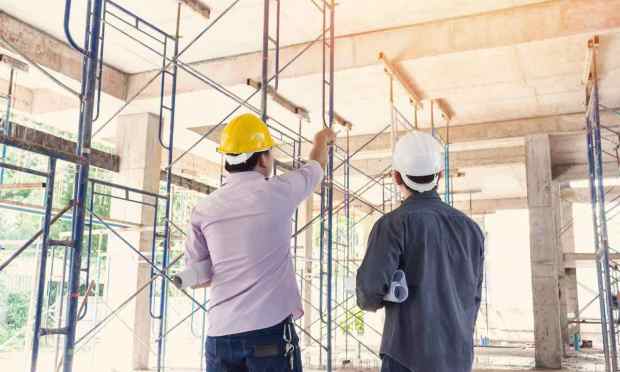How Bank Collaboration Sets The Stage For Construction Procure-to-Pay Efficiency

The construction sector is among the oldest of trades, so it’s not shocking that around the world, construction workflows continue to rely on outdated processes.
Though understandable, more businesses in this arena are finding it unacceptable — especially as B2B payment delays create cash flow headaches for smaller players. And while the U.S. is notorious for its high volume of paper checks in the accounts payable (AP) department, it’s not the only market struggling to kick out paper.
In Singapore, said Leon Yeo, co-founder of Doxa Holdings, paper checks are similarly prominent, including in the construction arena. B2B payments innovation has fueled a growing interest in digitization, but in order for solutions to gain traction, they must be able to tackle the uniquely complex workflows of construction. As Yeo told PYMNTS, there is a massive opportunity for industry collaboration to help lower the barriers to modernizing construction B2B payments.
Tailoring To Construction
Physical documents and manual workflows are holding up construction firms’ back offices from focusing on more strategic initiatives. While bottlenecks can occur in a variety of points, AP is one area in which a high volume of physical paper can not only delay supplier payments, but can also prevent finance professionals from obtaining a clear picture of how money is spent.
“The biggest pain points start from their procurement workflows and processes, which have been predominately manual and require physical documentation,” noted Yeo. “This is partly due to the fact that construction is quite a traditional industry, hence the challenges to changing the traditional way of doing things, and partly because the construction workflow is very complex.”
The emergence of automated procure-to-pay technologies can help, but these solutions are rarely tailored to the particular challenges of construction, Yeo added. For instance, key workflows like pre-invoice payment certification, budget drawdown, request-for-quote (RFQ) negotiations and order variations aren’t built into general-purpose platforms.
Developing a solution to digitize B2B payments in this space also means building out functionality for all of the workflows that occur pre- and post-payment. Doxa recently announced a pilot for its digital workflow solution built for Singapore’s construction space to streamline procure-to-pay.
Collaborating With Banks
Key to that pilot is collaboration with financial institutions (FIs). Today, the pilot includes participation with DBS, one of Singapore’s largest FIs.
As Yeo explained, driving the digitization of B2B payments means migrating workflows away from paper checks and toward bank transfers. By having an FI collaborate directly with the development of a digital platform, end users can have a more seamless experience when it comes to the actual payment.
As the pilot expands, Yeo noted that Doxa is collaborating with more FIs, allowing business users to have a choice when it comes to which bank they use to transfer funds to their suppliers. But merely presenting construction firms with an alternative to manual workflows and paper checks is not enough to gain traction.
Yeo listed several factors that continue to act as barriers to modernization and a change in workflow behavior, including the need to convince professionals within the procure-to-pay space to adopt a new way of doing things. Once that hurdle is cleared, those professionals need to be trained.
Also critical to gaining traction is developing an ecosystem of buyers and suppliers that can transact within the environment of a single solution. That will require firms to onboard their counterparties, including suppliers and subcontractors.
It’s not an easy task, but encouraging more businesses and their partners to participate in a solution that can not only streamline key workflows, but also promote integrated electronic B2B payments, could have profound impacts on supplier payment times and cash flow health for all parties across construction supply chains.
